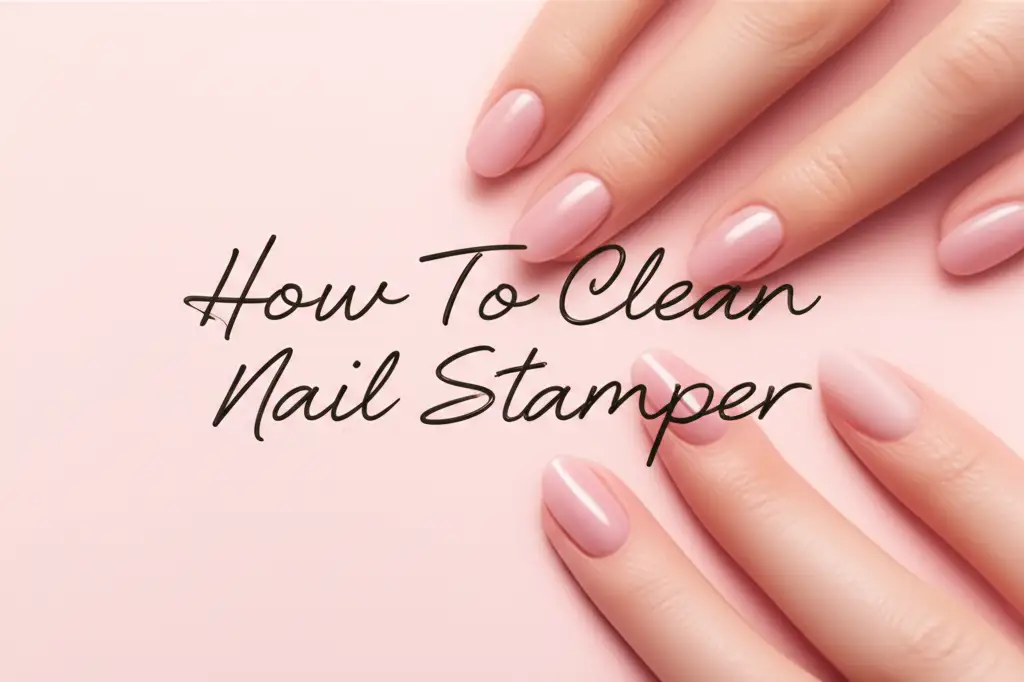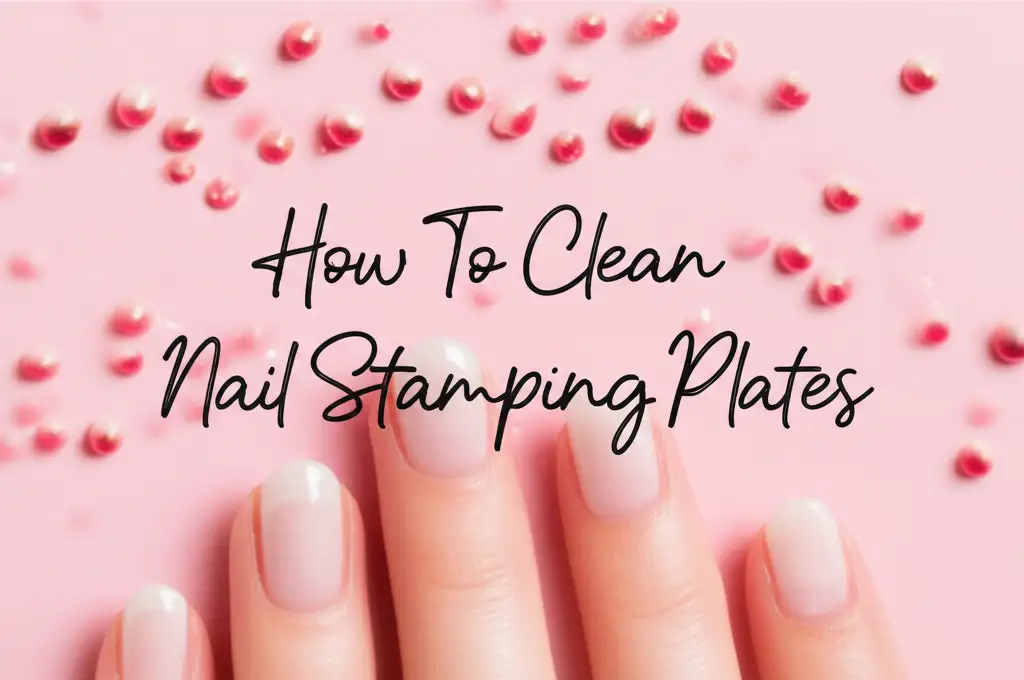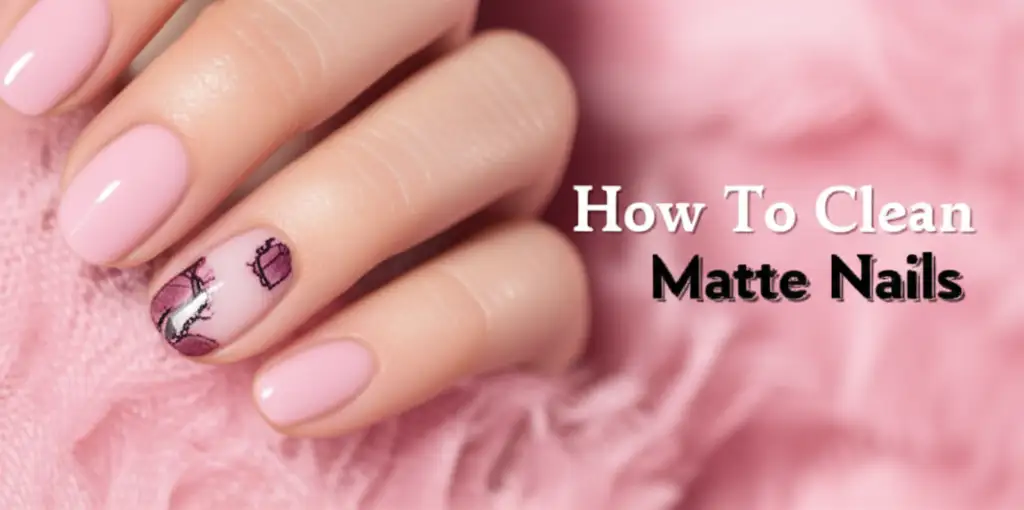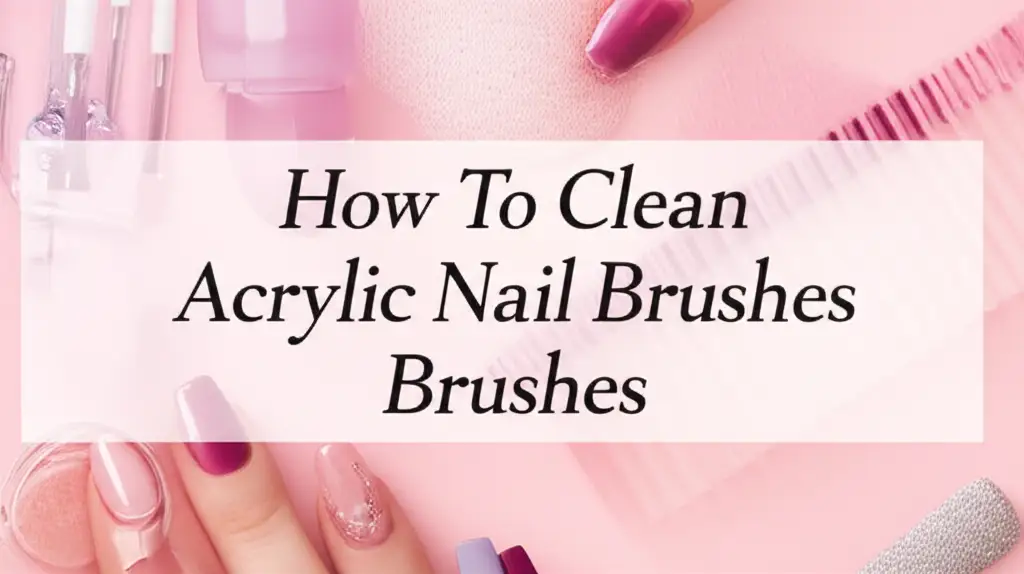· Nail Care · 16 min read
How To Clean Nail Brush
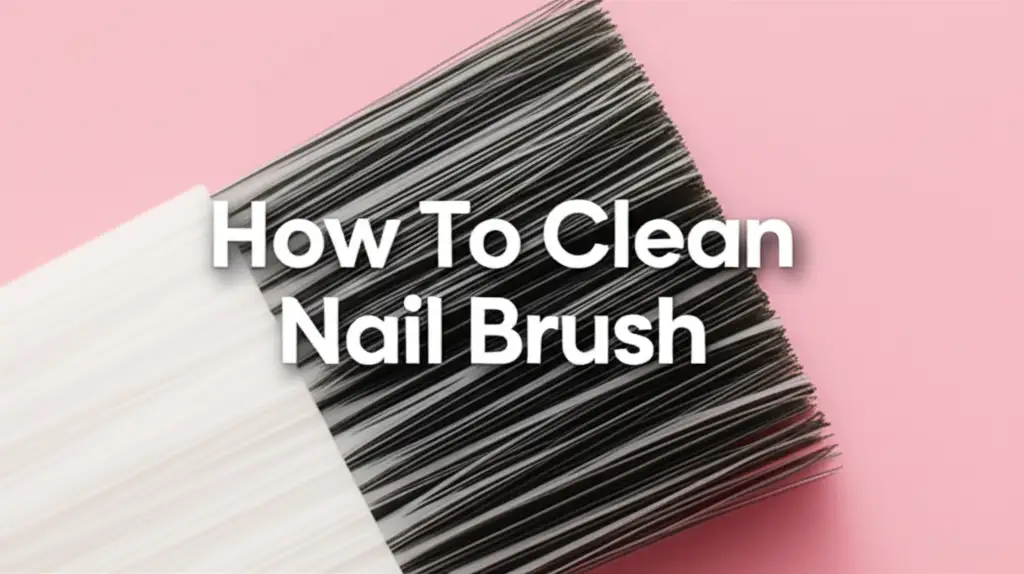
How To Clean Nail Brush for Flawless Manicures
Do you love giving yourself beautiful manicures and pedicures at home? Using the right tools makes a big difference. Your nail brush is one of those key tools. But have you ever considered how important it is to keep it clean? A dirty nail brush can harbor old polish, acrylic, gel, and even bacteria. This can lead to messy applications and potential nail problems. Cleaning your nail brush regularly ensures long-lasting brushes and healthier nails. This article will guide you through the best ways to clean your nail brush, covering different brush types and essential care tips. We will explore simple methods, specialized techniques, and proper storage advice. My goal is to help you maintain your nail tools like a professional.
Takeaway
Keeping your nail brushes clean is simple and crucial.
- Regular cleaning prevents product buildup.
- Proper hygiene protects your nail health.
- Specific methods exist for different brush types like acrylic and gel.
- Drying and storing brushes correctly extends their lifespan.
The Best Way to Clean Your Nail Brush
To effectively clean your nail brush, gently wash bristles with a suitable cleaning solution, such as brush cleaner, mild soap, or specific solvents for gel or acrylic. Rinse thoroughly, reshape the bristles, and allow the brush to air dry completely. This process removes product residue and helps maintain brush integrity.
Why Cleaning Your Nail Brush Matters for Nail Health
Cleaning your nail brush is more than just about keeping tools tidy. It plays a big role in your nail health and the quality of your nail work. Dirty brushes can spread germs and create uneven applications. Imagine applying a beautiful nail polish with a brush clogged with old, hardened gel. The result would not be pretty. Product buildup in the bristles makes them stiff and ineffective. This means you cannot apply products smoothly or precisely.
Bacteria can also grow on uncleaned brushes. These germs transfer to your nails and cuticles during use. This can lead to infections or other nail issues. Regular cleaning removes these harmful elements. It also protects your investment in quality brushes. Good brushes are not cheap, and proper care helps them last longer. I always make sure to clean my brushes after every use. This small habit saves me money and keeps my nails looking their best.
Clean brushes also ensure true color and product performance. Old residue can mix with new products, altering their color or consistency. This is especially true for clear topcoats or base coats. You want pure products on your nails, not mixed remnants. Finally, professional nail technicians always prioritize hygiene. Following their lead improves your at-home nail care significantly. Your nails deserve a clean start every time.
Essential Cleaning Supplies for Nail Brushes
Having the right cleaning supplies makes all the difference when you clean your nail brush. You do not need a lot of fancy products. Most items are easy to find. The type of brush and product it handles determines the best cleaner. For general cleaning, mild soap and warm water are often enough. Look for a gentle dish soap or even a specialized brush soap. These are designed to be kind to bristles.
Isopropyl alcohol is another useful item. It works well for sanitizing and breaking down some product types. Nail polish remover, specifically non-acetone, is good for cleaning traditional polish brushes. For acrylic and gel brushes, you will need more specific solutions. Acrylic liquid (monomer) or special acrylic brush cleaner is best for acrylic brushes. Gel cleanser or isopropyl alcohol works well for gel brushes.
Here is a list of essential cleaning supplies:
- Mild dish soap: Gentle and effective for general dirt and oils.
- Warm water: Helps loosen residue.
- Paper towels or lint-free cloths: For blotting and drying.
- Isopropyl alcohol (70% or 99%): Great for sanitizing and dissolving some products.
- Nail polish remover (non-acetone): For regular nail polish brushes.
- Acrylic brush cleaner or monomer: Essential for acrylic brushes.
- Gel cleanser or high-percentage isopropyl alcohol: For gel brushes.
- Small glass or ceramic dish: For soaking brushes.
- Brush conditioner or oil: To rehydrate bristles after cleaning.
Always choose cleaners that suit your brush type. Using the wrong cleaner can damage the bristles. For instance, acetone can dry out and ruin natural hair brushes. Having these supplies ready simplifies your cleaning routine.
General Method for Basic Nail Brush Cleaning
Cleaning your general-purpose nail brushes is a straightforward process. This method works well for brushes used with regular nail polish or for scrubbing nails. I use this routine after every manicure. It keeps my brushes soft and ready for the next use. First, remove as much excess product as possible. You can wipe the brush on a paper towel. This step makes the actual cleaning much easier.
Next, wet the brush bristles under warm running water. Avoid getting water into the ferrule, which is the metal part connecting bristles to the handle. Water in the ferrule can loosen the glue over time. Apply a small amount of mild dish soap to your palm or a silicone cleaning mat. Gently swirl the brush bristles into the soap. You will see product residue start to come off. Work the soap through all the bristles.
Rinse the brush thoroughly under warm running water. Continue rinsing until no suds or color come off the brush. Repeat the washing and rinsing steps if needed. The water should run clear. Once clean, gently squeeze excess water from the bristles. Reshape the bristles with your fingers to their original form. Lay the brush flat on a clean towel or hang it upside down to dry. This prevents water from seeping into the ferrule. Avoid standing brushes upright in a container while wet.
For brushes used with traditional nail polish, you might need a non-acetone nail polish remover. Dip the brush into a small amount of remover. Gently swirl and wipe on a paper towel. Repeat until the brush is clean. Afterward, always wash with soap and water to remove the remover residue. This general cleaning method is a great foundation for all your nail brush care.
Cleaning Acrylic Nail Brushes: Specific Care
Acrylic nail brushes need special attention because acrylic hardens quickly. Cleaning these brushes immediately after use is very important. If acrylic dries in the bristles, it can ruin the brush. I learned this the hard way with one of my first acrylic brushes. The key is to keep the brush wet with monomer or a specialized cleaner. Many users ask how to clean acrylic nail brushes because of this unique challenge.
After each use, wipe excess acrylic powder from the brush on a paper towel. Dip the brush into a dappen dish filled with clean acrylic liquid (monomer). Gently swirl the brush to loosen any remaining acrylic. Press the brush against the bottom of the dish to fan out the bristles. This helps remove particles stuck deep inside. You might see milky white residue coming off. Continue dipping and swirling until the brush appears clean.
Some people prefer specialized acrylic brush cleaners. These cleaners are formulated to dissolve hardened acrylic without damaging the bristles. Pour a small amount into a glass dish. Dip your brush and gently swirl. You can also press the brush against the bottom to ensure thorough cleaning. Make sure to follow the product instructions carefully. These cleaners often contain strong solvents, so use them in a well-ventilated area.
Once clean, wipe the brush on a clean paper towel until no residue transfers. Reshape the bristles to a fine point. Lay the brush flat or hang it to dry. Avoid getting the monomer or cleaner on the brush handle. It can degrade certain types of handles. Never use acetone on natural hair acrylic brushes. Acetone dries out and damages natural bristles. Proper care ensures your valuable acrylic brushes stay in top condition for years.
Cleaning Gel Nail Brushes: Tackling Sticky Residue
Gel nail brushes have a sticky challenge unique to their product. Gel polish cures under UV or LED light, making it crucial to clean brushes before curing. If gel hardens on the brush, it becomes very difficult to remove. Many people wonder how to clean gel nail brushes effectively due to this sticky nature. I always make sure to clean my gel brushes right after I finish a coat.
The best way to clean gel nail brushes is with isopropyl alcohol or a dedicated gel cleanser. After using the brush, wipe off excess gel on a lint-free wipe. Pour a small amount of isopropyl alcohol (70% or 99%) or gel cleanser into a small dish. Dip the brush into the liquid. Gently swirl the bristles to loosen the gel. You can lightly press the brush against the bottom of the dish to fan out the bristles. This helps clean deep within the brush.
Wipe the brush on a clean, lint-free wipe or paper towel. Repeat the dipping and wiping process until no gel residue transfers to the wipe. The wipe should come away clean. You will notice the sticky residue disappearing as you clean. It’s important not to expose your gel brushes to UV or LED light during the cleaning process, as this will cure the gel on the brush, making it impossible to clean. Keep them away from sunlight too.
Once the brush is clean, reshape the bristles. Lay the brush flat on a clean surface or hang it to air dry. Do not rinse gel brushes with water, as water can interfere with gel products. Alcohol evaporates quickly, leaving the bristles clean and ready. Keeping gel brushes meticulously clean ensures smooth, even gel applications every time you use them. This extends the life of your brushes significantly.
Specialized Cleaning for Nail Art and Dip Powder Brushes
Nail art brushes are often tiny and delicate. They require very gentle cleaning to maintain their precision points. Dip powder brushes also have specific needs due to the nature of the powder. Cleaning these specialized brushes correctly ensures they perform well for intricate designs and smooth powder application. For dip powder brushes, if you are looking to understand how to clean dip powder brush correctly, it is similar to acrylic cleaning in that you want to avoid liquid contact that hardens the product.
Cleaning Nail Art Brushes
Nail art brushes are usually very fine. They are used for detailed work. Their small size makes them prone to drying out quickly. After each use, wipe off excess polish or gel. For gel art brushes, use isopropyl alcohol. Dip the brush into a small dish of alcohol. Gently swirl. Wipe on a lint-free cloth. Repeat until clean. For acrylic paint or regular polish art brushes, use a non-acetone remover or mild soap and water. Be extremely gentle. Do not scrub hard, as this can bend or break the fine bristles. Always reshape the brush to its original point. Lay flat to dry. I find that quick, gentle cleaning is best for these delicate tools.
Cleaning Dip Powder Brushes
Dip powder systems use liquids that activate the powder. Getting the activating liquid into the brush can cause the powder to harden on the bristles. This ruins the brush quickly. The primary dip powder brush (often called the “activator brush”) should never be washed with water or traditional solvents. To clean a dip powder brush, simply wipe off any excess powder after each use. If powder begins to clump, dip the brush into a small dish of brush saver liquid specifically designed for dip powder systems. Swirl gently. Wipe thoroughly on a paper towel. This liquid dissolves the hardened powder without damaging the bristles. Reshape and let air dry. Avoid mixing your activator brush with other liquids.
For other brushes used in the dip system (like the base or top coat brushes), you might use a lint-free wipe to clean off excess product. If they become stiff, they might need to be soaked in a dedicated brush cleaner for that specific liquid. Always consult the dip powder system’s instructions. Careful attention to these specialized brushes preserves their function for intricate designs and flawless powder nails.
Drying and Conditioning Your Nail Brushes
Proper drying and conditioning are just as important as cleaning your nail brushes. Incorrect drying can damage bristles, leading to splayed or stiff brushes. Conditioning helps maintain the softness and flexibility of the bristles. This extends the overall life of your brushes. I always take these steps seriously after cleaning. They make a noticeable difference in how my brushes perform.
Proper Drying Techniques
After cleaning, gently squeeze excess water or cleaning solution from the brush bristles. Use a clean paper towel or lint-free cloth to blot them. Reshape the bristles to their original form. This is crucial for maintaining the brush’s shape, especially for pointed or angled brushes. Do not let the bristles dry splayed out.
The best way to dry brushes is by laying them flat on a clean towel or hanging them upside down. Hanging them allows gravity to pull any remaining moisture away from the ferrule. This prevents water from seeping into the glue that holds the bristles. Water in the ferrule can cause the glue to weaken, leading to bristles falling out. Never stand brushes upright in a container while they are wet. This can cause water to pool in the ferrule. Ensure good air circulation around the brushes. Avoid direct sunlight or strong heat sources, as these can dry out and damage bristles. Allow brushes to air dry completely. This can take several hours, depending on brush thickness and humidity.
Conditioning Your Brushes
After cleaning and drying, conditioning can rehydrate and protect brush bristles. This is especially true for natural hair brushes. You can use a specific brush conditioning oil or even a tiny amount of cuticle oil. Apply a very small drop of conditioner to the bristles. Gently work it through with your fingers. Ensure you do not over-oil the brush. The goal is to nourish, not saturate.
Wipe off any excess oil with a clean paper towel. The brush should feel soft but not greasy. Conditioning keeps the bristles pliable and prevents them from becoming brittle over time. This makes them easier to work with and helps them maintain their shape. Your brushes will thank you for this extra step.
Proper Storage for Long-Lasting Nail Brushes
Storing your nail brushes correctly is the final step in maintaining them. Good storage protects your clean brushes from dust, damage, and accidental bending. It also keeps them organized and ready for your next manicure. I have seen brushes ruined simply because they were tossed into a drawer. Proper storage extends the life of your nail tools significantly.
First, always ensure your brushes are completely dry before storing them. Storing damp brushes can lead to mildew growth and damage to the bristles or handles. Once dry, protect the bristles from bending or crushing. Many brushes come with plastic caps or sleeves. Keep these and use them to protect the brush head. If your brush does not have a cap, you can improvise with a small piece of plastic wrap or foil. Just be careful not to flatten the bristles.
Store brushes flat in a drawer or in a brush roll or case. A brush roll keeps each brush separate and prevents contact damage. If you prefer to store them upright, use a brush holder or cup where the bristles are suspended in the air. Make sure the bristles do not touch the bottom or sides of the container. This prevents them from splaying out. Acrylic and gel brushes, especially, benefit from being stored in a way that preserves their pointed shape.
Keep your brushes away from direct sunlight, extreme temperatures, and high humidity. These conditions can degrade the bristles and handles over time. Store them in a cool, dry place. Organizing your brushes by type (e.g., gel, acrylic, art) can also make your nail station more efficient. Proper storage is a simple habit that makes a big difference in the longevity and performance of your valuable nail brushes.
FAQ Section
How often should I clean my nail brushes?
You should clean your nail brushes after every single use. This prevents product buildup, which can harden and ruin the bristles. Regular cleaning also stops the growth of bacteria and ensures hygienic nail applications. For professional use, brushes must be cleaned and sanitized between clients.
Can I use acetone to clean all types of nail brushes?
No, you should not use acetone on all nail brushes. Acetone is too harsh for natural hair bristles, often found in acrylic or high-quality art brushes. It can dry them out, make them brittle, and cause them to break or shed. Only use acetone on synthetic brushes and only when absolutely necessary, followed by a thorough wash.
What should I do if my nail brush bristles are stiff after cleaning?
If your nail brush bristles feel stiff after cleaning, it likely means some product residue remains, or they need conditioning. Re-clean the brush using the appropriate cleaner for the product used. After thorough cleaning and drying, apply a small amount of brush conditioning oil or even cuticle oil to rehydrate the bristles. Gently work it in and wipe off any excess.
How do I remove hardened gel from a nail brush?
Removing hardened gel from a nail brush is very difficult, often impossible, without damaging the brush. Prevention is key. If a small amount has hardened, try soaking the brush tip in 99% isopropyl alcohol or a strong gel cleanser for an extended period (hours or overnight). Gently try to loosen the gel. Avoid scraping, as this will damage the bristles.
Can I clean nail brushes with regular soap and water?
Yes, you can clean nail brushes with regular soap and water for general dirt, oils, and some traditional nail polish. Use a mild dish soap and warm water. However, for products like acrylic, gel, or dip powder, you will need specific solvents like monomer, isopropyl alcohol, or brush saver to effectively break down and remove the product. Always rinse thoroughly.
Is it okay to share nail brushes with others?
It is not recommended to share nail brushes without proper sanitation between uses. Sharing brushes can spread bacteria, fungi, and other pathogens. This increases the risk of nail infections. Always ensure brushes are thoroughly cleaned and disinfected after each use if used on multiple individuals. It’s best to have personal brushes for personal use.
Conclusion
Cleaning your nail brush is a small task with significant benefits. We explored why keeping your brushes clean ensures nail health and flawless manicures. From basic cleaning supplies to specialized methods for acrylic, gel, and nail art brushes, you now have the knowledge. We also covered the importance of proper drying, conditioning, and smart storage. These steps protect your tools and make them last longer. I encourage you to make cleaning your nail brushes a regular part of your nail care routine. This simple habit will elevate your nail game and keep your tools in prime condition. A clean brush is a happy brush, and happy brushes create beautiful nails. Start cleaning your nail brush today for better results tomorrow.
- nail brush cleaning
- nail brush maintenance
- nail hygiene
- beauty tools
- manicure tips
- acrylic nail brush cleaning
- gel nail brush cleaning

